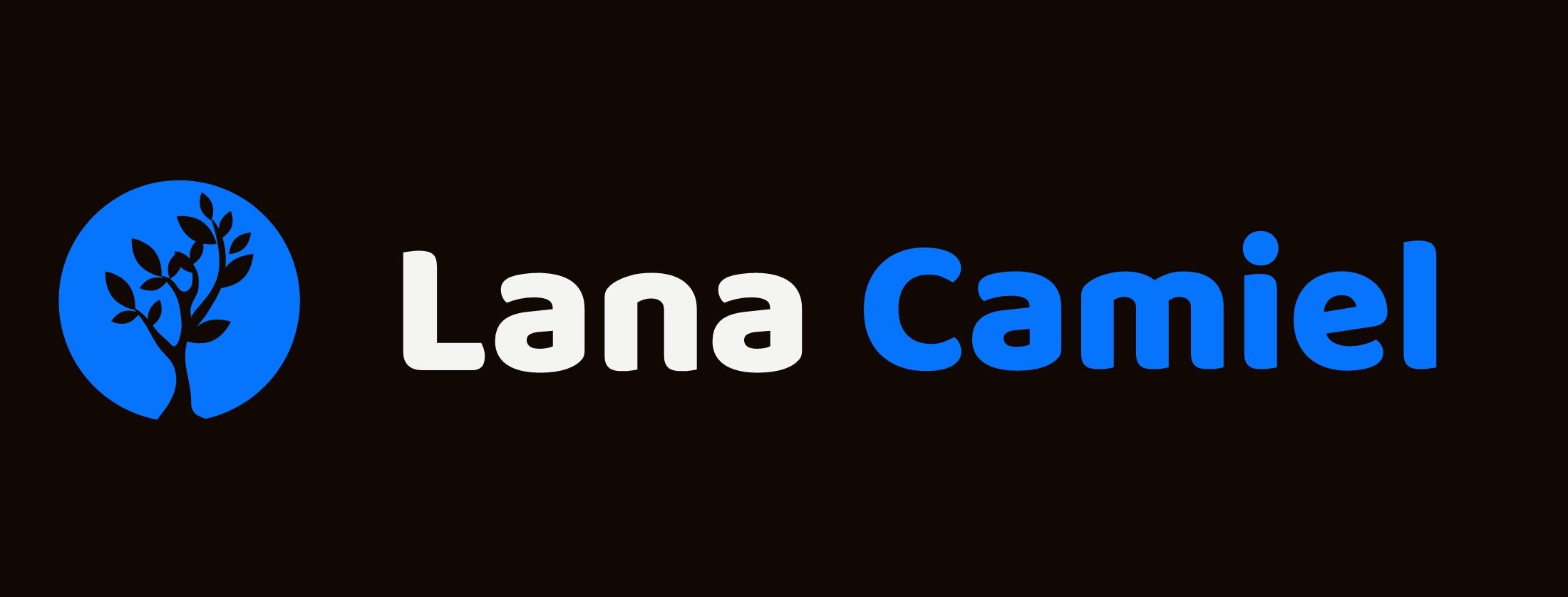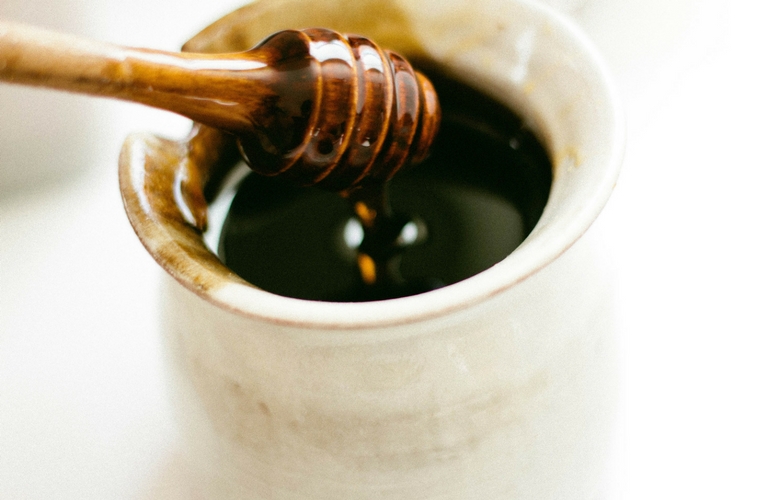Image courtesy of Unsplash/Sonja Langford
Last year a friend of mine took me to a place called ‘Follow the Honey.’ In addition, to tasting several exotic types of honey I saw gorgeous hand-blown glass honey amulets. A drop of air moved through the viscous golden liquid captivating my attention. The image of these honey filled bubbles stayed with me.
When I was young, my mom instilled in me the love of honey.
She taught me about the light colored sugary linden honey and golden caramel buckwheat honey, explaining the differences in taste and texture. I was fascinated that the small pollinators (honeybees) could create something so powerful, tasty and healing by collecting nectar from the blossoms around us.
I don’t exactly remember the first time I learned that bees are in danger. I read that Einstein predicted human extinction 4 years after bees disappear. This idea scared me and I began learning more about bees, pollination and bee products.
Many of my friends and students think all honey is created equal.
Majority agree, however, that local honey tastes far better than your typical supermarket variety. A few years back I learned that imported honey sold in many stores has heavy metals, antibiotics and other additives in it.
I was also surprised to discover that a lot of imported honey has been filtered to prevent contaminants and impurities from being imported here. During this process, however, many of the medicinal compounds (like bee pollen and other) have been filtered out. This process essentially makes honey a “sugar water” stripping it of most beneficial qualities.
I was pushed to learn more about local honeys, as a result. Last spring I attended a conference where local beekeepers were discussing a significant decline in the population of bees. Some of the main reasons cited included human use of pesticides and insecticides.
I began digging deeper into the idea of a beekeeping. As a city dweller I never thought it would be possible to have a beehive where I live. I was excited to discover that more urbanites are trying this noble and meditative activity. Are you one of them? 🙂
Several local colleges recently got their own beehives. None of them produce a large amount of honey, but serve more as an inspiration and an educational opportunity for students to learn about these amazing pollinators and highly medicinal products they create (like propolis, bee pollen and beeswax).
There are many traditional oral and topical medicinal uses for this divine food.
These include cough, rhinitis, asthma, diarrhea, ulcers, wound healing, sunburn, diabetic foot, cataracts and more. Honey is used as a sweetening agent as you know. It also has been utilized in cosmetic industry (e.g., creams and soaps.)
Today, I’d like to share with you 5 of the research-based uses of honey.
1. Wound healing
There is a lot of interesting research done on the benefits of honey for wound healing – from wound dressings, post-surgical wounds, leg ulcers, diabetic foot ulcers, pressure ulcers, burns, cuts, scratches, abscesses and even skin grafts. Honey helps to clean wounds, decrease the infection, odor, pain, scarring, time to heal, enhancing the healing itself. Manuka honey was used in many of these experiments.
Honey has been compared with conventional treatments such as silver sulfadiazine, povidone iodine, hypochlorite solutions, hydrocolloid dressings, saline-soaked gauzes. In many cases it either outperforms these or is comparable in its’ effect. These are two of the latest updates on wound healing.
2. Burns
Honey is used for deeper layer skin burns (partial thickness burns). When honey is applied directly to burns as a wound dressing it compares favorably with conventional medications like silver sulfadizine.
3. Radiation mucositis
Based on analysis of several research trials, patients who used honey were 80% less likely to develop inflammation of oral mucosa after radiation than those who did not. Another analysis looked at the research in patients with head and neck cancer. Honey was also used as a prophylaxis against mucositis, and in other trials helped to decrease ulcers, pain swallowing, progression of inflammation, and weight loss.
4. Cough
When honey is used before bed, young children with upper respiratory infections (older than 2 years of age) have a decreased cough (severity, frequency and improved sleep as a result). Honey is more effective than conventional cough suppressants like dextromethorphan and antihistamine diphenhydramine.
5. Diabetes
Some research suggests that consuming honey on a daily basis can decrease fasting blood glucose, cholesterol levels and even increase weight loss in patients with diabetes.
You probably know that honey shouldn’t be given to babies under 1 year of age. One additional safety precaution to keep in mind is that honey produced from nectar of Rhododendron plants (also known as mad honey) is toxic to humans.
In the next few weeks I’ll share with you some of the herbal preparations made with honey.
Questions: Where do you purchase honey? How do you typically use honey? Were you familiar with all the medicinal effects of this amazing food?


